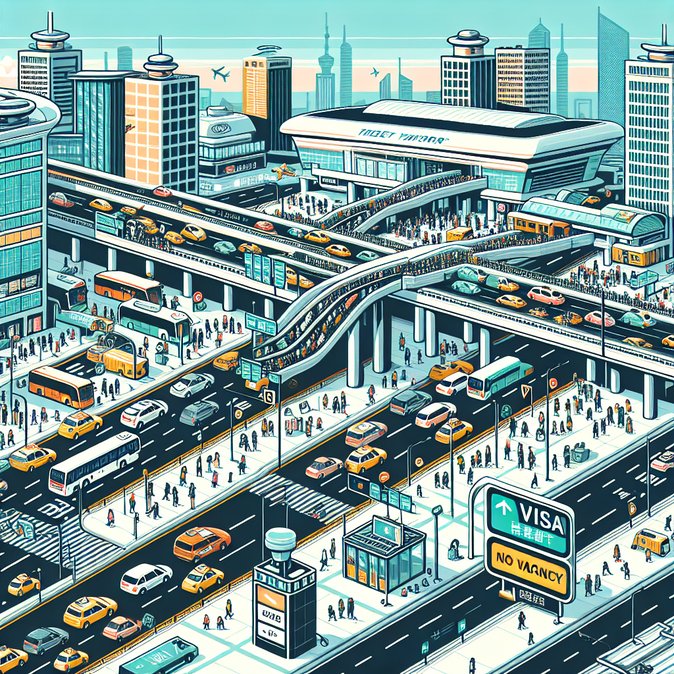
As environment ministers arrived for the high-level segment of COP30 on 17 November, Brazil’s presidency issued a five-page ‘summary note’ outlining paths to a final deal—but the negotiation agenda is only half the mobility story. Belém’s airport handled a record 45,600 international arrivals over the weekend, straining its single-runway capacity and pushing luggage-processing times beyond 90 minutes. Hoteliers report 98 % occupancy, forcing late-registering delegations to seek rooms in Ananindeua and Combu Island boat-houses.
Brazilian authorities have responded with an emergency mobility package:
• Fast-track diplomatic e-visa lanes at Val-de-Cans Airport, operational 24/7 until 23 November.
• 200 additional shuttle buses on three dedicated ‘Blue Zone’ corridors linking the conference venue to overflow hotels.
• Temporary cabotage waivers allowing foreign charter carriers to operate domestic sectors to Manaus and Brasília for onward connections.
![COP30 Week Two: Belém Grapples with Delegate Surge and Mobility Gaps]()
For business attendees—including hundreds of sustainability executives—the main risk is last-mile saturation. Ride-hailing surge pricing has exceeded 300 % during peak hours, and inbound freight forwarders warn of delays clearing promotional materials through customs. Travel-risk consultancies advise arranging armed transfers after dark and booking flights with minimum six-hour buffers for weather or ATC holds.
Despite the crunch, Brazil is leveraging the summit to showcase a new national volunteer portal and plans to digitise entry formalities for future mega-events. If successful, the fast-track pilot could evolve into a permanent e-gate programme for diplomatic and business visitors, complementing Brazil’s 2025 e-visa relaunch for U.S., Canadian and Australian nationals.
Delegates should download the COP30 Mobility App for live shuttle tracking and register passport details in advance to use the green-lane kiosks. The presidency has promised an updated transport bulletin every 12 hours as negotiations—and the rush for flights out of Belém—intensify.
Brazilian authorities have responded with an emergency mobility package:
• Fast-track diplomatic e-visa lanes at Val-de-Cans Airport, operational 24/7 until 23 November.
• 200 additional shuttle buses on three dedicated ‘Blue Zone’ corridors linking the conference venue to overflow hotels.
• Temporary cabotage waivers allowing foreign charter carriers to operate domestic sectors to Manaus and Brasília for onward connections.

For business attendees—including hundreds of sustainability executives—the main risk is last-mile saturation. Ride-hailing surge pricing has exceeded 300 % during peak hours, and inbound freight forwarders warn of delays clearing promotional materials through customs. Travel-risk consultancies advise arranging armed transfers after dark and booking flights with minimum six-hour buffers for weather or ATC holds.
Despite the crunch, Brazil is leveraging the summit to showcase a new national volunteer portal and plans to digitise entry formalities for future mega-events. If successful, the fast-track pilot could evolve into a permanent e-gate programme for diplomatic and business visitors, complementing Brazil’s 2025 e-visa relaunch for U.S., Canadian and Australian nationals.
Delegates should download the COP30 Mobility App for live shuttle tracking and register passport details in advance to use the green-lane kiosks. The presidency has promised an updated transport bulletin every 12 hours as negotiations—and the rush for flights out of Belém—intensify.








